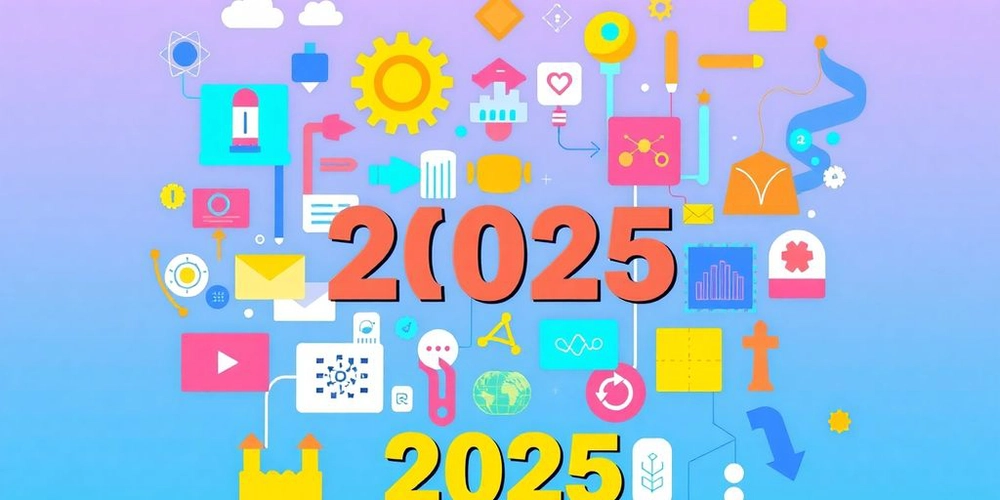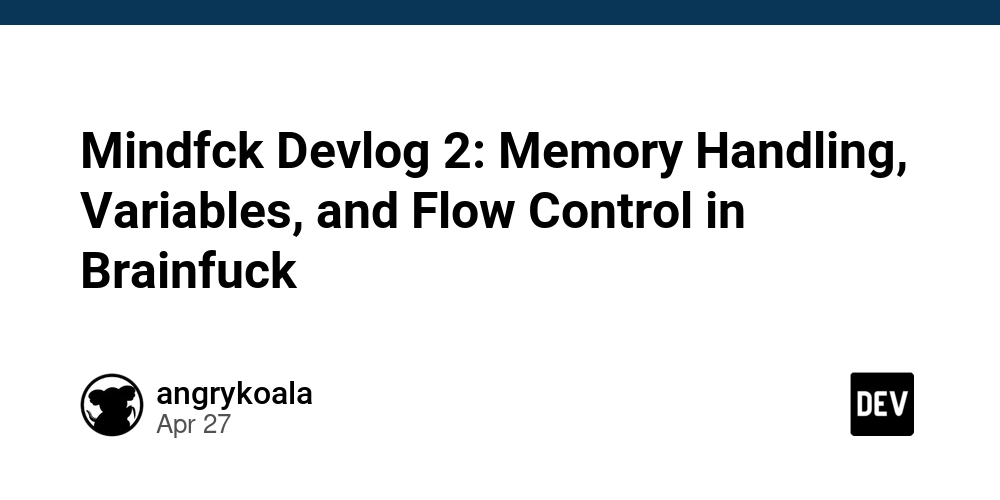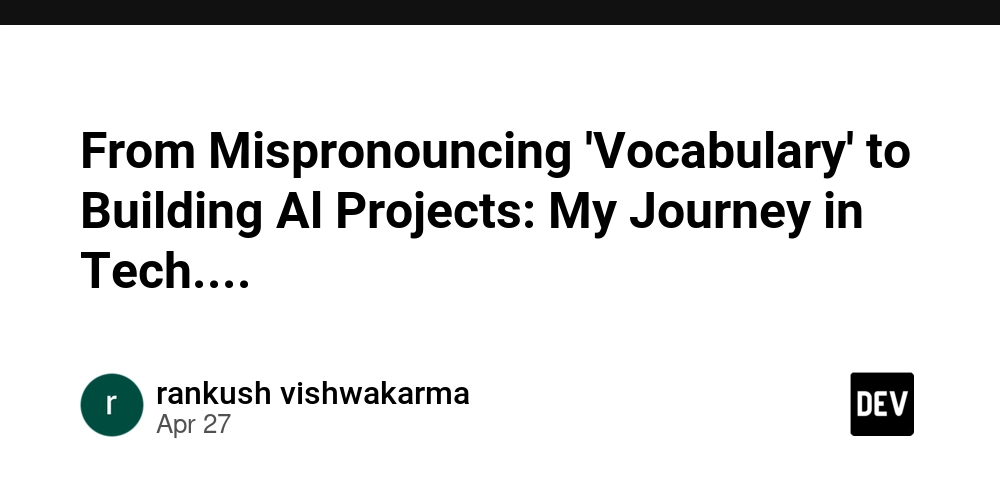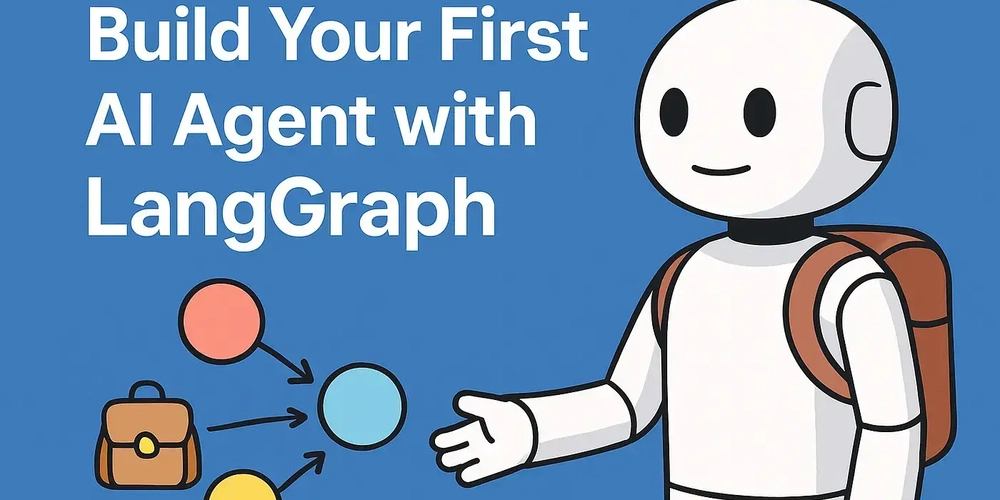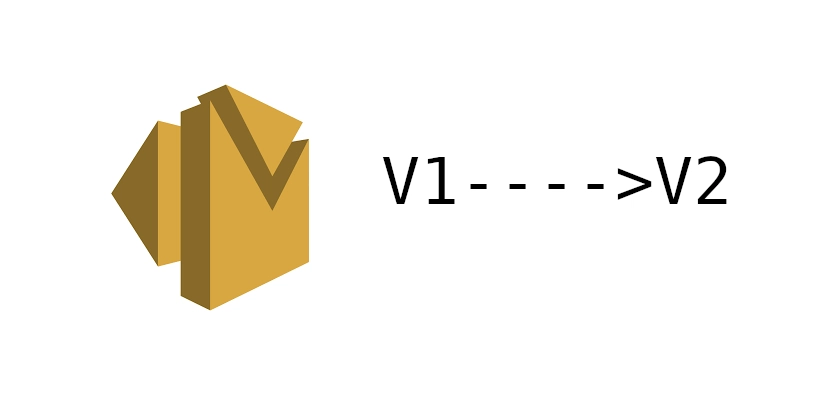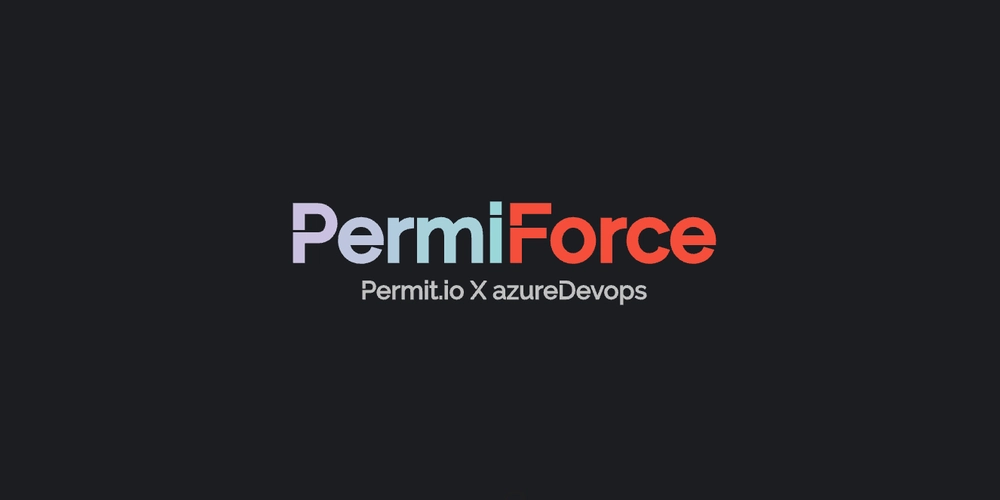
Fine-Tuning vs. Prompt Engineering: Which AI Skill Should You Learn First?
Confused by the AI buzz? Deciding between fine-tuning and prompt engineering? This ultimate guide helps you choose the right AI skill to learn based on your experience and goals.
What is Prompt Engineering? The Key to Talking to AI
Prompt engineering is crafting precise instructions for AI models. Think of it as learning how to "talk" to AI to get the results you need. It's about creativity, clear communication, and turning your ideas into AI reality using carefully worded prompts.
What is Fine-Tuning an AI Model? Customization for Experts
Fine-tuning involves taking a pre-trained AI model and adapting it for a specific task. This is like advanced AI training, requiring understanding of machine learning, data preparation, and model training for specialized applications.
Benefit 1: Prompt Engineering is Easier to Learn and Master
Starting with AI? Prompt engineering is beginner-friendly. Its lower barrier to entry allows you to quickly experiment and see results without deep technical knowledge.
- Ideal for beginners: Learn the basics of AI interaction immediately.
- Fast results: See AI respond to your instructions quickly.
- Creative exploration: Unleash your creativity in crafting effective prompts.
Benefit 2: Unlock Faster Results with Prompt Engineering
Tired of long development cycles? Prompt engineering allows for rapid iteration. Quickly tweak and refine prompts for instant results, saving you precious time in AI development.
Here's why it's faster:
- Minutes to results: See AI responses in minutes, not days.
- Immediate feedback: Get instant feedback on your prompt effectiveness.
- Rapid iteration: Easily and quickly adjust prompts based on results.
Benefit 3: Prompt Engineering Offers Greater Flexibility in AI Projects
Need an adaptable solution? Prompt engineering offers broad applicability across tasks. Its flexibility lets you quickly pivot and apply AI to different domains without retraining. It's like having an adaptable AI toolkit ready for any project.
Consider these benefits:
- Adaptable to tasks: Apply prompt engineering to various AI applications.
- Cross-domain utility: Use the same skills across different fields.
- Quick pivoting: Seamlessly shift focus as project needs change.
Benefit 4: Save Money by Choosing Prompt Engineering First
Worried about computational costs? Prompt engineering has lower resource demands. Work on standard hardware without needing expensive GPUs or cloud computing. Your wallet and your laptop will thank you.
Prompt engineering wins because:
- Affordable: Avoid the heavy expenses of specialized hardware.
- Resource-light: Run AI on your existing computer.
- Accessible: Democratizes AI development for everyone.
When to Consider Fine-Tuning Your AI Model
While prompt engineering excels initially, fine-tuning provides deeper customization. For tasks requiring profound domain expertise and accuracy, fine-tuning allows for specialized AI models. Think fine-tuning for building extremely specialized AI applications.
Fine-tuning shines when you:
- Require deep specialization: Need AI that's an expert in a niche field.
- Demand high accuracy: Need the most precise results possible.
- Can invest time and resources: Ready to commit to in-depth training.
The Final Verdict: Start with AI Prompt Engineering
Mastering prompt engineering is the ideal starting point for your AI journey. It builds a solid foundation for understanding AI behavior and provides immediate, practical skills that benefit any AI project. As you progress, explore fine-tuning for specialized needs. The key takeaway: begin with the accessible power of prompt engineering and grow into fine-tuning if needed. Learning "prompt engineering for business" or prompt engineering for "content creation" is a great start.


